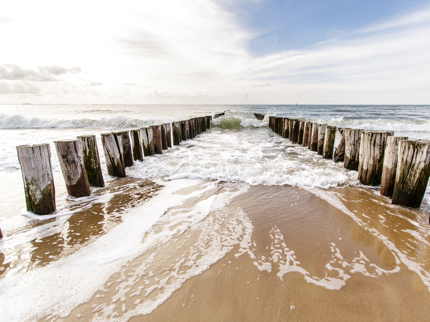
On Wednesday, June 12, Koen van Asselt from Deltares gave an online technical session about dune erosion prediction using convolutional neural networks (CNN)s. Scroll down to download the sheets and watch the video recording.
Retrospective
To make quicker assessments of storm impact, and to reduce computational efforts, the first surrogate models have been developed for dune erosion prediction. These models were mainly based on a parameterized input (profile shape parameters and hydrodynamics).
In Koen's research, first steps are taken to set-up a surrogate model that is able to deal with spatial input and the prediction of actual profile shapes along the Holland Coast. Using a convolutional neural network structure (U-Net), several model set-ups have been explored and scaled-up to a realistic storm scenario along the Holland Coast.
Koen delved into the strengths and limitations of the current models, identifying key challenges and areas for improvement. One of the exciting directions his research is heading towards is the integration of physical knowledge from hydraulic engineering into neural networks to enhance their learning capabilities.
Koen's main message is quite straight forward: The application of a neural network for hydraulic engineering purposes is not that hard to set up. Its complexity depends mainly on how you interpret the data and what you do with the model.
Contents of this talk
- short introduction of dune erosion
- Methods that has been worked with, consisting of two components: XBeach model and U-net convolutional neural network
- Results in the exploration and upscaling phase
- Conclusion and discussion
More information
- Sheets - Koen van Asselt
- If you have any questions or suggestions, you can contact Dit e-mailadres wordt beveiligd tegen spambots. JavaScript dient ingeschakeld te zijn om het te bekijken.

